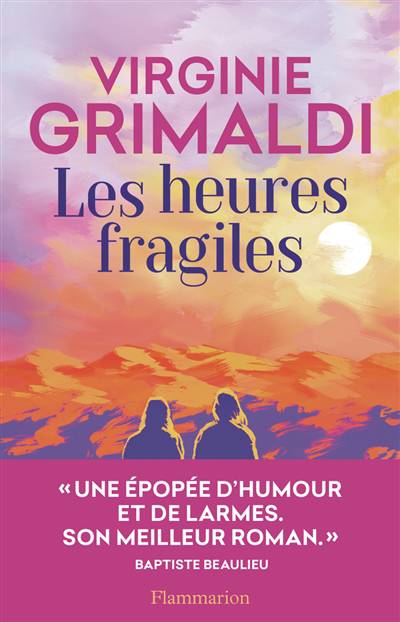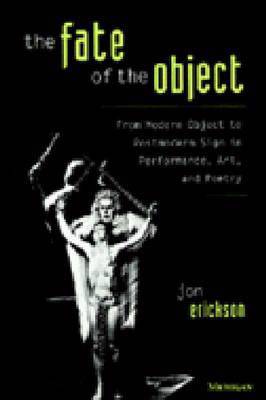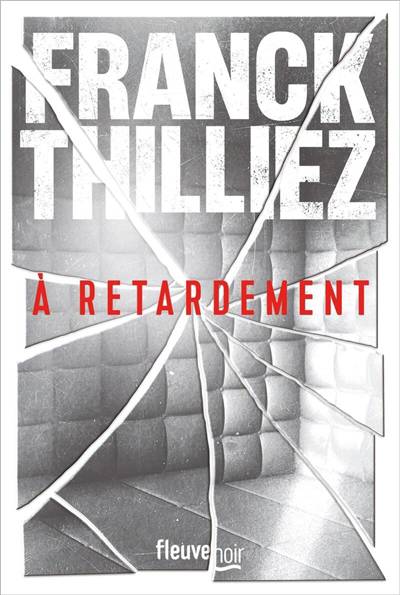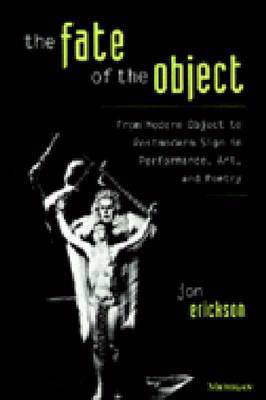
- Retrait gratuit dans votre magasin Club
- 7.000.000 titres dans notre catalogue
- Payer en toute sécurité
- Toujours un magasin près de chez vous
- Retrait gratuit dans votre magasin Club
- 7.000.0000 titres dans notre catalogue
- Payer en toute sécurité
- Toujours un magasin près de chez vous
The Fate of the Object
From Modern Object to Postmodern Sign in Performance, Art, and Poetry
Jon Erickson
Livre relié | Anglais
122,45 €
+ 244 points
Description
The Fate of the Object traces the historical shift in focus from the "difficult" essential object of modernist theater, art, and poetry to its transformation as a sign in a postmodern field of signs. In modern art, the central object had been the abstract painting; in theater, the body of the actor; in poetry, the sonic, visual and grammatical elements of the poem. Spanning several disciplinary boundaries, this ambitious and pioneering book examines how the very process of refinement to locate the essential modernist object dissolves the figure of that object into its signifying ground. Jon Erickson argues that this historical shift from modern object to postmodern sign reflects significant transformations in capitalist society--among them the shift from a production economy to a service economy, the change from a sensually rich to a conceptually alienated cultural consciousness, and the rise of poststructuralist theory as the predominant determiner of value within contemporary art culture.
Erickson examines the body as the central object of theater and performance through the theories of Craig, Sartre, Brecht, Artaud, and Grotowski. The art chapter discusses such artists as Malevich, Ad Reinhardt, Duchamp, Warhol and Kosuth, tracing the progression of the abstract painting to its reduction or disappearance in conceptualism and minimalism. The poetry chapter examines Pound's Imagism, Concrete and Sound Poetry, and the contributions of Gertrude Stein and the recent Language Poets. Finally, the author questions the role poststructuralist theory has played in the shift from modern object to postmodern sign and how it may affect our attitudes toward the materiality of the world.
Jon Erickson is Assistant Professor of Drama, Ohio State University.
Erickson examines the body as the central object of theater and performance through the theories of Craig, Sartre, Brecht, Artaud, and Grotowski. The art chapter discusses such artists as Malevich, Ad Reinhardt, Duchamp, Warhol and Kosuth, tracing the progression of the abstract painting to its reduction or disappearance in conceptualism and minimalism. The poetry chapter examines Pound's Imagism, Concrete and Sound Poetry, and the contributions of Gertrude Stein and the recent Language Poets. Finally, the author questions the role poststructuralist theory has played in the shift from modern object to postmodern sign and how it may affect our attitudes toward the materiality of the world.
Jon Erickson is Assistant Professor of Drama, Ohio State University.
Spécifications
Parties prenantes
- Auteur(s) :
- Editeur:
Contenu
- Nombre de pages :
- 272
- Langue:
- Anglais
Caractéristiques
- EAN:
- 9780472106134
- Date de parution :
- 17-08-95
- Format:
- Livre relié
- Format numérique:
- Genaaid
- Dimensions :
- 152 mm x 229 mm
- Poids :
- 625 g

Les avis
Nous publions uniquement les avis qui respectent les conditions requises. Consultez nos conditions pour les avis.






